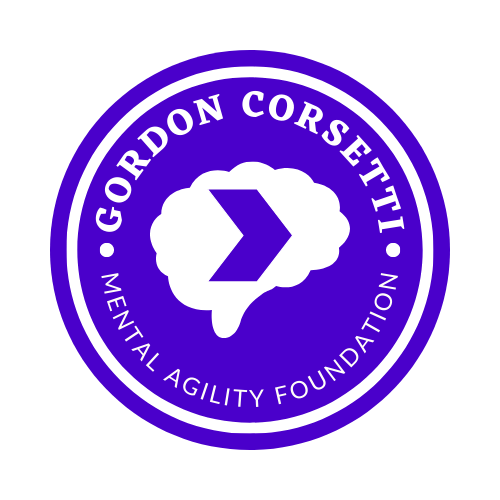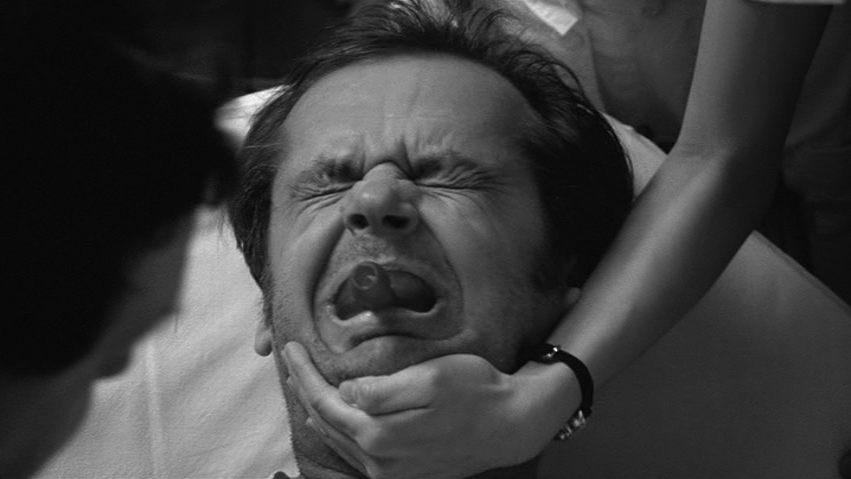The Mental Dictator
/Consider the following by Thanatologist, Dr. Sneidman
Every single instance of suicide is an action by the dictator or emperor in your mind. But in every case of suicide, the person is getting bad advice from a part of that mind, the inner chamber of councilors, who are temporarily in a panicked state and in no position to serve in the person’s best long-range interests.
Then it is time to reach outside your own imperial head and seek more qualified and measured advice from other voices, who out of their loyalty to your larger social self, will throw in on the side of life, and - to use a Japanese image - will urge the chrysanthemum, not the sword.
I cannot stress enough how important it is for me to externalize my depression. It is incredibly difficult to fight yourself AND depression. Imagine sparring yourself while depression wraps around your body and taunts you like Venom.
The whole time you can’t hit yourself because you know yourself too well, and the depression just laughs and laughs.
It’s exhausting, infuriating, and, despite the massive amount of energy you put into fighting, ultimately ineffective.
As Shneidman alludes to, I consider my depression a unique entity within my mind. Something that may be a part of me, but is definitely separate from what I consider to be ME.
This mindset lets me attack thoughts and feelings that arise from my mental dictator. What depressives have in common is our relative inability to recognize when our dictator is taking greater control over territory within our mind.
Fortunately, all great generals have advisors. AND that is where I missed the mark for so many years.
When I was younger I did not consider that others might notice the hostile takeover of my mental dictator before I did. So I modified the advice of Sun Tzu:
Be extremely subtle, even to the point of formlessness. Be extremely mysterious, even to the point of soundlessness. Thereby you can be the director of the opponent's fate.
My enemy is within me. It knows what I know. It feels what I feel. It has one hell of an advantage over me, but it only has that advantage over me. Because of this, it is incredibly weak to my family, friends, therapists, and coworkers.
I cannot recognize that I am about to be depressed due to my depression. It’s a weird blind spot. I only realize it when I am much deeper in the hole than I care to be. So I outsourced identifying the problem to the people that care about me.
Here’s what I do when the dictator begins a new attack:
I say less and less (very subtle, often displays as never answering my phone).
I stop shaving.
I start showing up to things later and later.
When asked, “how are you?” I reply: “I’m okay”, or “I’m alright”.
I decline plans at the last minute.
There are other behaviors, sure. But these are the ones that are more easily identified by other people.
So, if you see me exhibit one or more of these behaviors - do me a favor, and ask me if I’m really doing okay.








